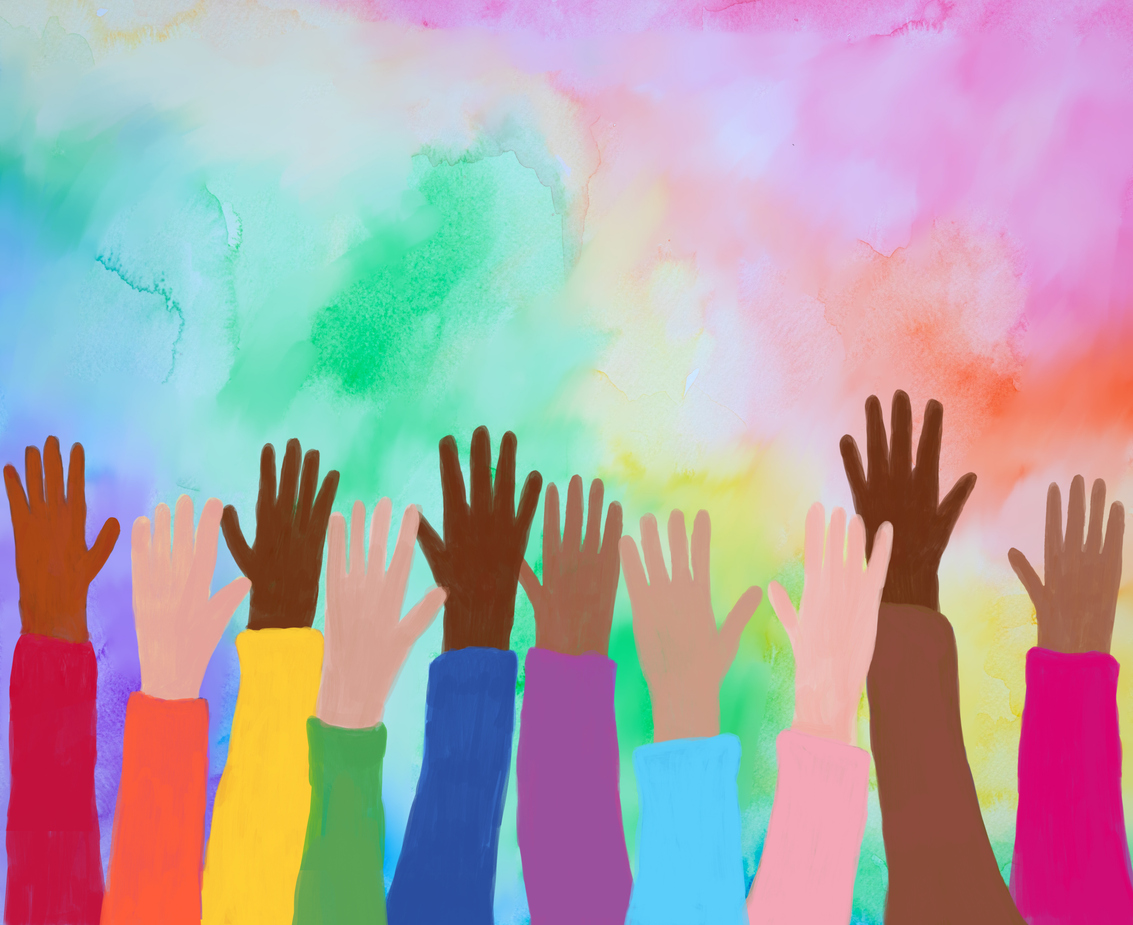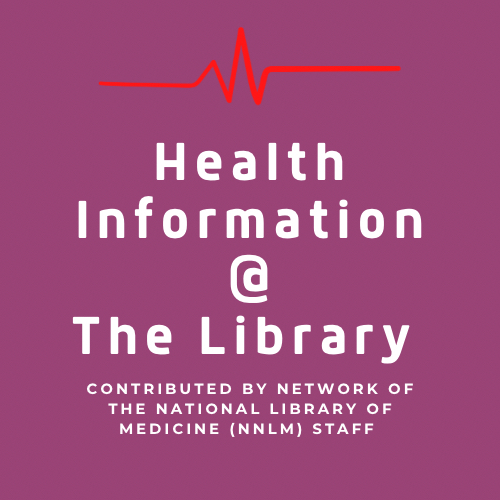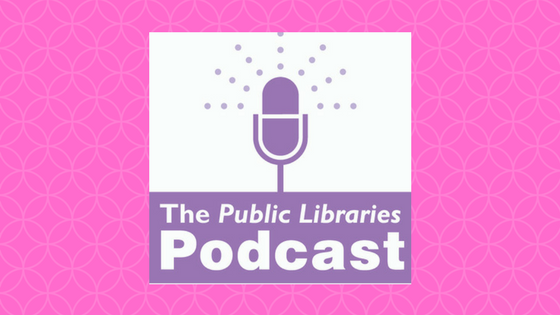Eugenia Kim on Capturing the Emotional Impact of Family Stories

Eugenia Kim’s The Kinship of Secrets chronicles the complex and moving story of the Chos, a South Korean family who emigrate to the United States in 1948. Deeming their infant daughter too young for journey, they leave her in the care of family members. Yet when the Korean War breaks out, what was supposed to be a temporary separation unexpectedly stretches into one of many years. Kim traces the journey of the two Cho sisters—Miran in the United States and Inja in South Korea—through the years, gracefully exploring the intricate ties of family and culture. The Kinship of Secrets has been widely praised by critics, with the The Washington Post hailing the book as one that “beautifully illuminate[s] Korea’s past in ways that inform our present.” Brendan Dowling spoke to Kim via telephone on December 14th, 2018.
Can you talk about how your own family’s experience during the Korean war served as the inspiration for this story?
My family’s story is very close to that experience and actually it’s probably a little worse. My uncle took his family south to Busan, but rather than doing it in the summer, as portrayed in the book, he did it in January, when the Chinese joined the battle and Seoul was overtaken. He traveled south with an oxcart with his family in the dead of winter, so that was worse. My parents lost touch with him—not just for a couple of days [as in the book], but for six months. I just learned that recently after reviewing some of my father and mother’s papers. I had no idea it was that long. No wonder my mother wrote in her journal how much heartache she was suffering because they couldn’t find them. They eventually found them in a refugee camp after some order was restored in South Korea and the Red Cross was making lists. My mother [in America] managed to dispatch a friend with a truck to pick them up and take them the rest of the way to Busan. But even after that she didn’t know where they were in Busan, as there was no mail service quite yet. It took them that entire six months to get in touch and for my mother to be able to send packages to them.
You mentioned your mother’s journals. In the book, we get to learn about the character of the mother through her journals. Were those inspired by your mother’s journals?
They are her journals. They’re mostly in Korean. My sister, who’s the one who came over, translated them for me.
So the journals in the book are your mother’s writing?
I was able to incorporate them. Of course, it was a judicious picking of what was there. She didn’t write a lot of narrative. Mostly she kept lists of the things that she sent, that’s the majority of her journals. That six-month period and shortly before that, when she kept a journal of what was happening in the family, of who was born. Each time somebody was born she’d have a little time on her hands because she was a week in the hospital, which is how they’d do it back then, so she’d write in her journal.
It’s so poignant how vulnerable the mother is in her journal, compared to how resolute and forward-thinking she is with her daughter.
I think that’s very Korean, to hide the hardship that you suffer.
That seems to come into play with the secrets that all of the characters keep from each other, from everything from the grandmother getting frostbite to something as mundane as the nephew’s fear of turtles.
Well those are all true stories. My mother was in prison and my grandmother took food to her and got frostbite as a result of that. My mother never knew. I only found out about ten years ago. A cousin told us, the cousin who’s afraid of turtles. We were visiting a distant relative and he came along because he lived in the neighborhood. He told us that story. Both of us—my sister and I—were surprised, which means that neither of us knew, which means my mother never knew.
Even thought the book encompasses the 40s through the 60s, it seems so timely with its depiction of families forced to become refugees and navigating the US immigration system. What was it like writing the book during this moment in history?
The book took me seven years to write, so I wasn’t really writing in this moment in history. (laughs) When our President was separating families at the border, I wrote an editorial that was published in London about how the separation was just inhuman and how in my own family there was this separation. Even though it was self-induced, the trauma from that separation lasts till this day. My sister’s now in her seventies and she still finds it traumatic. She still considers when she came to America the blackest day in her life, because she was separated from her uncle.
I really loved the relationship between the uncle and Inja. What was it like creating that relationship?
I actually witnessed my uncle and sister together [during a visit to Korea]. He was an elderly gentleman by then. Just seeing them together made me realize how deep their love was, because they couldn’t talk about the past without weeping. I wanted to convey that sense of deepness in that kind of relationship, how it can build up between a father figure and a daughter figure even though there’s not that biological tie. It’s almost as if he had adopted her.
One of the two really major fictional pieces was that my sister actually came over at age eleven, not sixteen. I just wanted her to be more mature in the book. The second one was that the Miran character, her sister, is a composite of five siblings.
Even though they’re separated by continents, a parallel love of language develops in both sisters. Miran and her mother collect American idioms, while the South Korean family passes on a love of proverbs and other distinct turns of phrase to Inja.
I love the colloquialisms. Since I was raised in a Korean-American family, neither of my parents were native in English, even though my father was fluent. When I got married, my husband would say these outrageous things and I’d be like, “What? What is that?” I didn’t grow up with those expressions and he just took for granted that everybody knew what “katy bar the door” meant. (laughs) That amused me so much that I wanted to put it in.
What was your research process like in terms of capturing how the war was viewed from a Korean perspective?
When I first began the research, everything that I read was in English, from the American perspective. It was all military, nothing about the civilian experience. I found two books, One was Remembering Korea 1950: A Boy Soldier’s Story, about a young Korean boy who lied about his age and joined the military. It tells his story from before the war, so I was able to get a sense of what the times were like from that book. There was also a really fat book, written by the Korean Military Institute, that I had for some reason, probably from my father’s library. It was a day-by-day account of what happened in the war from a Korean perspective. Those announcements on the radio about what was happening were from that resource. That was a really amazing find.
Finally, I did a lot of photo research as a way to understand what it was like for the civilians. There are surprisingly a lot of photographs, mostly taken by the military or Life magazine journalists, of the civilian population. There were a lot of pictures of what would be common for Koreans at home—carrying stuff on their back with the A-frame—because it was so unusual for Americans to see that.
It was interesting to see not just what they shot, but the fact that they shot things they considered exotic or unusual, which would just be normal life for the Koreans. So I was lucky to be doing that research at a time when the internet is really strong and there are military vets who were putting their photos on Flickr.
You’ve been Skyping in with book clubs. What has that experience been like?
I’ve done three book clubs and I have one tomorrow. They’re keeping me busy. (laughs) They’ve been lovely. I love the bookclubs. They’re devoted readers and they’re thrilled to meet an author and you feel like a rock star even though you’re a normal person. (laughs) They treat you really, really great and it’s very gratifying.
You wrote your first book when you were 59. What has it been like to start your writing career at this point in your life?
It came to me as a surprise. I started writing kind of as a mistake. There were circumstances in my life that made it difficult to do any other kind of creative work. I started writing because all you need is a pen, a paper, and a light. You don’t need equipment or watercolors or stretchers; you just need a piece of paper and a pencil. I figured it would be simple! (laughs) The first thing that I wrote appeared in The Kinship of Secrets. It’s the story about the dreams—that’s a true story of my grandfather sitting up in his watery grave. I realized I didn’t know what I was doing, so I took a workshop at the Writer’s Center here in town and got good feedback, enough to encourage me to join a writer’s group. After a year of the Writer’s Group, I realized I really didn’t know what I was doing so I got an MFA (laughs). That didn’t really teach me so much as how to write, but how to make a novel out of a family story, instead of writing a memoir or a biography,
What I was really interested in was making it have the same emotional impact that it had on me when I first heard the stories. It turns out the only way I could do that effectively was to have it be fictionalized.
What are you working on next?
I’m working on another historical fiction. This one is more separate from my family because I’ve run out of stories to steal. (laughs) This one’s loosely based on missionary women who went to Korea as single women. I’m fascinated by what would make one do that, besides the faith aspect and the calling piece. What would make you leave everything and go to this foreign land for this adventure? Young people are doing it now as ESL teachers in Viet Nam and Korea and all over the world. That sense of adventure fascinates me. What would it be like in the early fifties or in the late 1800s?
The library plays a huge role in Miran’s life. What role has the library played in your own life?
Miran’s experiences really mirror mine. Being the last of six in the family, I was really left alone. My parents were burnt out by the time I came around. (laughs) I had a lot of free time and a lot of hours where they didn’t know where I was. The library was right next to the school. It was walking distance, about eight blocks away.
My mother really encouraged reading. One summer she gave five dollars to every kid who read a hundred books in the summer, and every kid achieved that.
Do you remember what books you read?
I read all the Peter Rabbit books, that was an easy dozen. (laughs) I think there were a lot of Lois Lenski books and also this series called We Were There. They were histories, this boy and this girl from the modern age would end up in historical periods. I loved those, We Were There in The Roman Empire, We Were There at the Inquisition. Those were so fascinating. It’s probably where my love of historical novels comes from.
There was one library experience that was critical in my life, which was the day that Kennedy died. I was in the library and the librarian heard it on the radio and told me to to run up to the school and tell the principal. So I had that role of informing my entire school that Kennedy had been shot. They turned the radio on the PA system after that. I was about ten. That was an unforgettable experience.
That’s an incredible story. I don’t mean to tell you what to write next, but that seems like it should make its way into one of your books eventually.
(laughs) That’s a good idea! I accept.
Tags: Eugenia Kim









